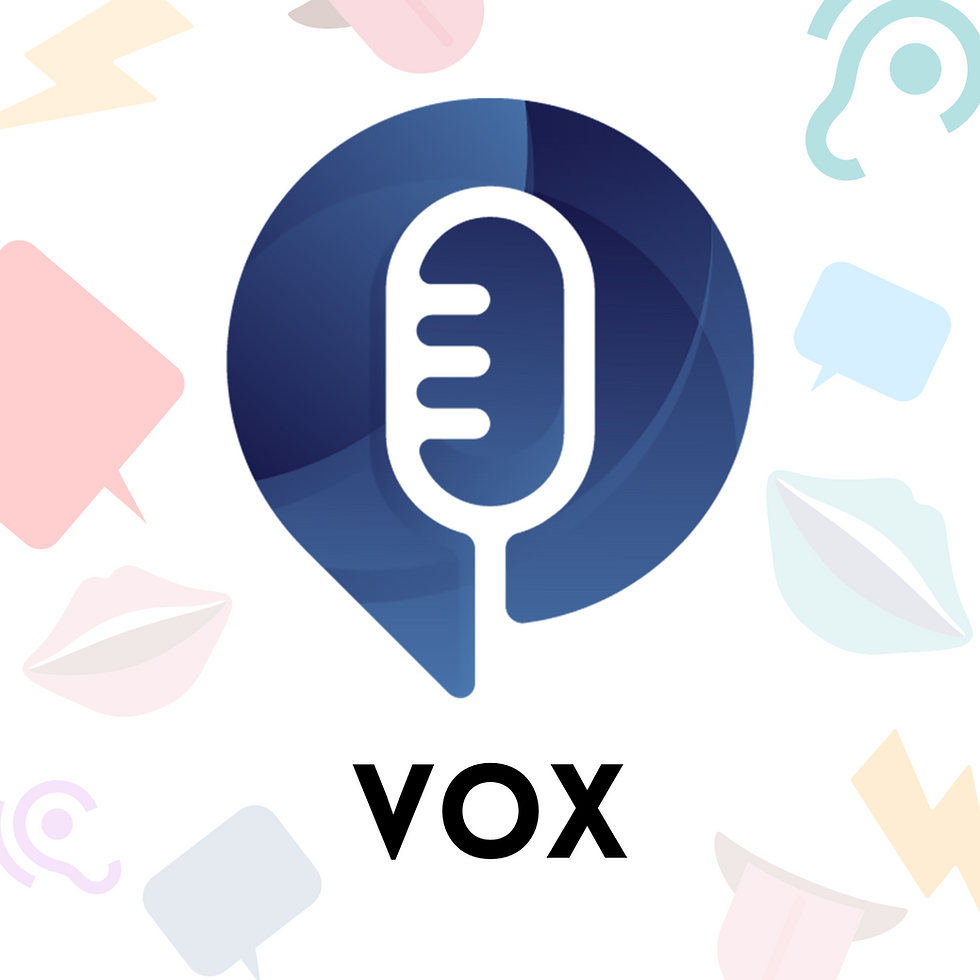Chaire Internationale 2024 - Nikolaus Himmelmann - Universität zu Köln
- Labex EFL

- 26 févr. 2024
- 3 min de lecture
Dernière mise à jour : 16 juin 2024

Nous accueillerons à partir du 06 mars 2024, le professeur Nikolaus Himmelmann pour une série de quatre séminaires sur le thème "Taking spoken language seriously".
Les séminaires auront lieu les 06, 13 et 20 mars et le 24 avril de 16h30 à 18h00 sur le Campus CNRS, 7 rue Guy Môquet 94800 Villejuif.
Pour le 24 avril, le séminaire aura lieu Bâtiment D, RdC, salle de conférences.
Vous pouvez également assister au séminaire sur zoom :
ID de réunion: 943 5982 1440
Code secret: RxA5Vb
Toute personne qui n'a pas de badge pour le campus CNRS doit envoyer un message à katharina.haude@cnrs.fr avec son nom et affiliation avant mardi 23 avril.
Abstract :
Most theoretical and typological work in linguistics proceeds on the (usually implicit) assumption that differences between spoken and written language can safely be ignored for the purposes at hand such as modelling word order alternations or typologizing ditransitive constructions. A major consequence of this assumption is the fact that typological or theoretical work making use of data from languages without a writing tradition – the large majority of the world’s languages – is often exclusively based on written transcripts of spoken language. The lecture series asks whether this practice and the assumptions underlying it are sound. To answer this question, two interrelated issues need further investigation.
What exactly happens in transcription; that is, what decisions do native speakers and researchers (have to) make when representing spoken language in writing? To what extent do these decisions provide evidence for grammatical structures?
Is it possible to provide a principled delimitation of the set of phenomena where typical features of spoken language are clearly relevant for grammatical analyses, and ones where spoken language features can safely be ignored?
Importantly, the current investigation does not presuppose that the differences between written and spoken language – and the concomitant differences in generating primary data – are relevant for all types of typological and theoretical enquiry. Rather, its goal is to determine when and where exactly the difference matters, and in which ways the process of producing primary data (transcription) itself may generate important data for such enquiries.
The four lectures in the series outline a research program for achieving this goal.
They deal with the following topics.
The transcription challenge. Takes a closer look at what happens in the kinds of transcription typically employed in descriptive fieldwork, focusing on two interrelated issues: the extent to which transcripts are variable and the fact that the transcriptions suggested by native speakers often diverge from what is audible (to the researcher) on the recording. Vidéo de la première séance :
Diaporama séminaire 1
2. One word or two? Discusses typical problems in deciding how to represent word-like units in transcripts. Do native speakers in non-literate societies have ideas about word-like units? Where do problems of word-delimitation typically arise? Do prosodic words have priority over grammatical words (assuming that this is a useful distinction)?
Vidéo séminaire 2
Diaporama séminaire 2
3. When do features of spoken language help morphosyntactic analysis? Argues that typical features of spoken language such as hesitations, repetitions, and repairs while perhaps not essential for morphosyntactic analysis may actually provide important evidence in supporting one analysis over another.
Vidéo séminaire 3
Diaporama séminaire 3
4. One grammar or two? Asks to what extent it is necessary and useful for grammatical description to distinguish between spoken and written variants of the same language. Does such a distinction exist in the case of unwritten languages (i.e. where do transcripts fit in this dichotomy)? Does the spoken vs. written divide play a role in typological sampling?
Examples come primarily from the presenter’s field corpora, which include Austronesian and Papuan languages, with the occasional example from conversational English and German.
Vidéo séminaire 4
Diaporama Séminaire 4




Commentaires